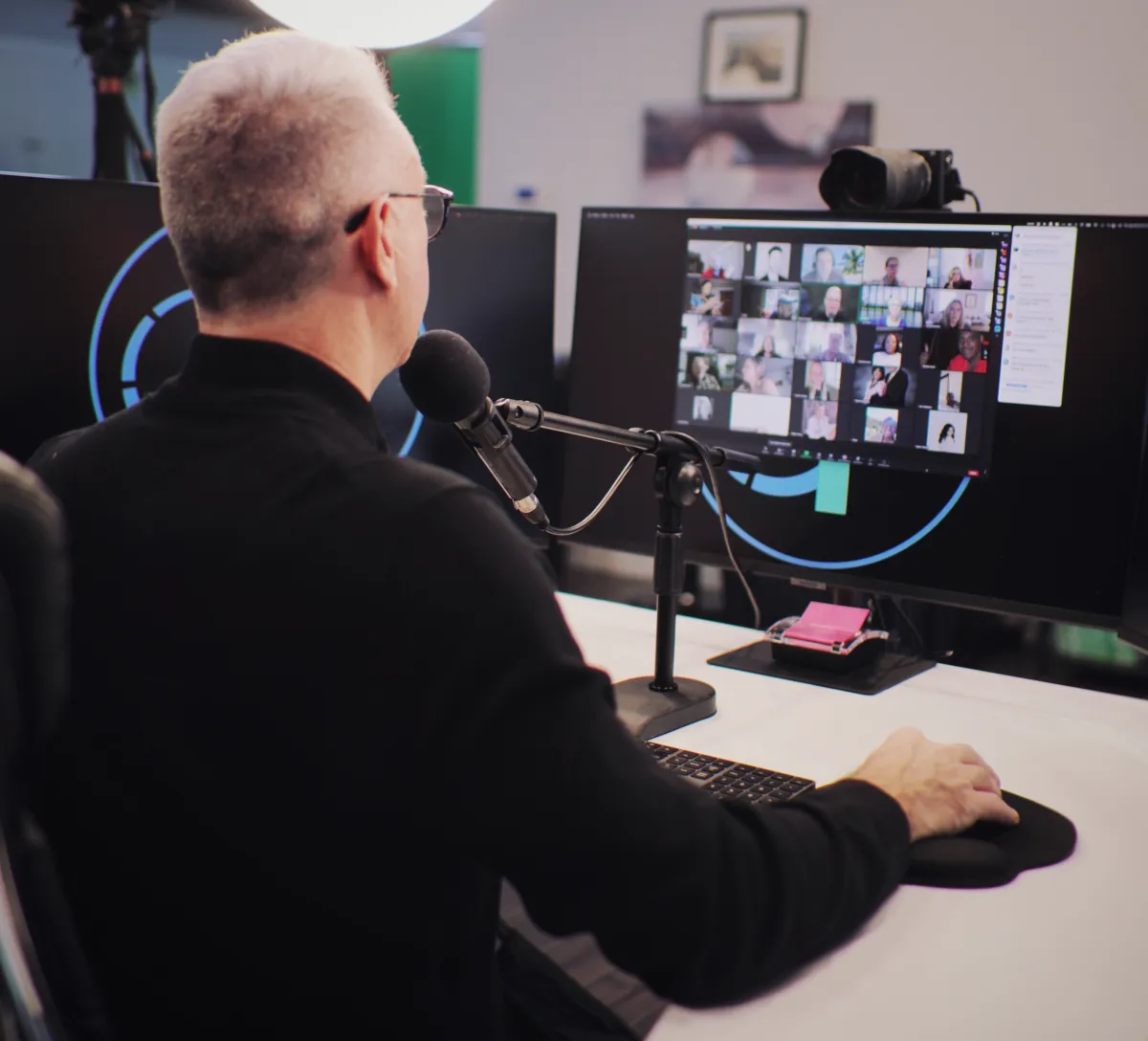Simple. Easy. Proven.
Get the Personal and Business Credit, Financing, and Funding Approvals You Need to Reach Your Goals...
At Get Fundable, we don’t just help you get by—we help you Get Approved! Think of us as your funding GPS, guiding you step-by-step toward the credit approvals you need to fuel your financial dreams.
Whether you’re a real estate investor taking down your next big deal, an entrepreneur with a game-changing idea, or a savvy consumer looking to save money, we’re here to ensure lenders see you as a reliable and valuable borrower—their ideal customer.
The 5-Step Funding Approval Path™
We’ve simplified everything we’ve learned from FICO® into a step-by-step process anyone can follow:

Minimize Impact of Negative Credit
Address inaccuracies and optimize your profile

Align Borrower Behaviors
Adjust your financial habits to meet lender guidelines

Optimize Business Identity
Ensure your business data is accurate and trusted

Build Banking Partnerships
Open the right accounts with the right banks—the right way

Trigger Funding Approvals
Use proven strategies to get those $100K+ credit lines

Step 1: Minimize Impact of Negative Credit
We’ll tackle inaccuracies dragging down your credit profile. But we do far more than “repair”—we optimize the 30 Borrower Behaviors that will counteract your negative credit. That will make your credit irresistible to lenders and turn your credit profile into an approval magnet...
Advise on FICO-based Creditor & Bureau Dispute Strategies
Plan for Lender-Based Credit Approval Timelines
Optimize Borrower Behaviors for Fastest Approvals
Sync Personal Identity with Lenders and Credit Bureaus
Step 2. Align Borrower Behaviors with Lender Approval Guidelines...
Did you know lenders watch how you use your accounts and even pay attention to the day you pay your bills? We’ll teach you FICO-validated insider tips to align your financial habits with lender approval metrics. You’ll learn when to use your cards, how much to spend, and even the perfect way to structure your balances to get a thumbs up from lenders...
Implement Lender-Friendly Borrower Behaviors
Close Low-Value Harmful "Consumer" Credit Cards
Add High-Value Credit Cards to Improve Banking Partnerships
Set Approval-Ready Target Thresholds for Balances
Suggest Credit Card Traffic Strategies to Raise Your Limits
Set the Pace for Future Inquiries


Step 3. Optimize Your Business Data and Identity...
Your business data and identity profile might be holding you back. There are 21 fact-checking databases lenders use to verify how credible your business is and whether you qualify for funding. From business funding codes to your web presence, lenders scrutinize every detail. We help you align reconcile and restructure your business to ensure you are bank-ready...
Review Your Available Businesses to Find the Best Funding Entity
Select the Funding Entity Strategy With the Fastest Time-to-Approval"
Synchronize Business Data and Identity Reporting With All 21 Databases
Optimize Funding Entity to Ensure Approvals
Step 4. Establish Profitable Banking Partnerships...
Banks aren’t just vaults handing out money—they respond with approvals when they are treated as partners. We’ll show you how to create relationships with top-tier banks so they want to lend to you—by the truck load. This step is a game-changer for getting those massive, unsecured credit lines and lowest-cost loans...
Establish Relationships with Proven Funding Banks That Offer $100,000 Credit Lines
Open Accounts that Identify You as a Profitable Borrower
Provide Application “Cheat Sheets” to Guarantee You Pass Lender “Tests”


5. Unlock Approvals Using Lender Balance and Deposit Formulas...
The cherry on top! With everything optimized, we now audit your current balance and deposit history, then identify your optimal deposit amounts for your situation and timeline. Next we implement custom cashflow traffic strategies and timetables and show you how to apply for funding strategically—when, where, and how—that will trigger approvals. No more shooting in the dark or facing rejections. Instead, you’ll follow a proven system to unlock high-value business credit lines, rewards cards, real estate loans, and more...
Bank Software will “Tag” You as a High-Value Borrower
Software Will Notify Bankers You Qualify for a $100K Credit Line
Maximize Your Credit Line Approval Amount Using your Application "Cheat Sheet"
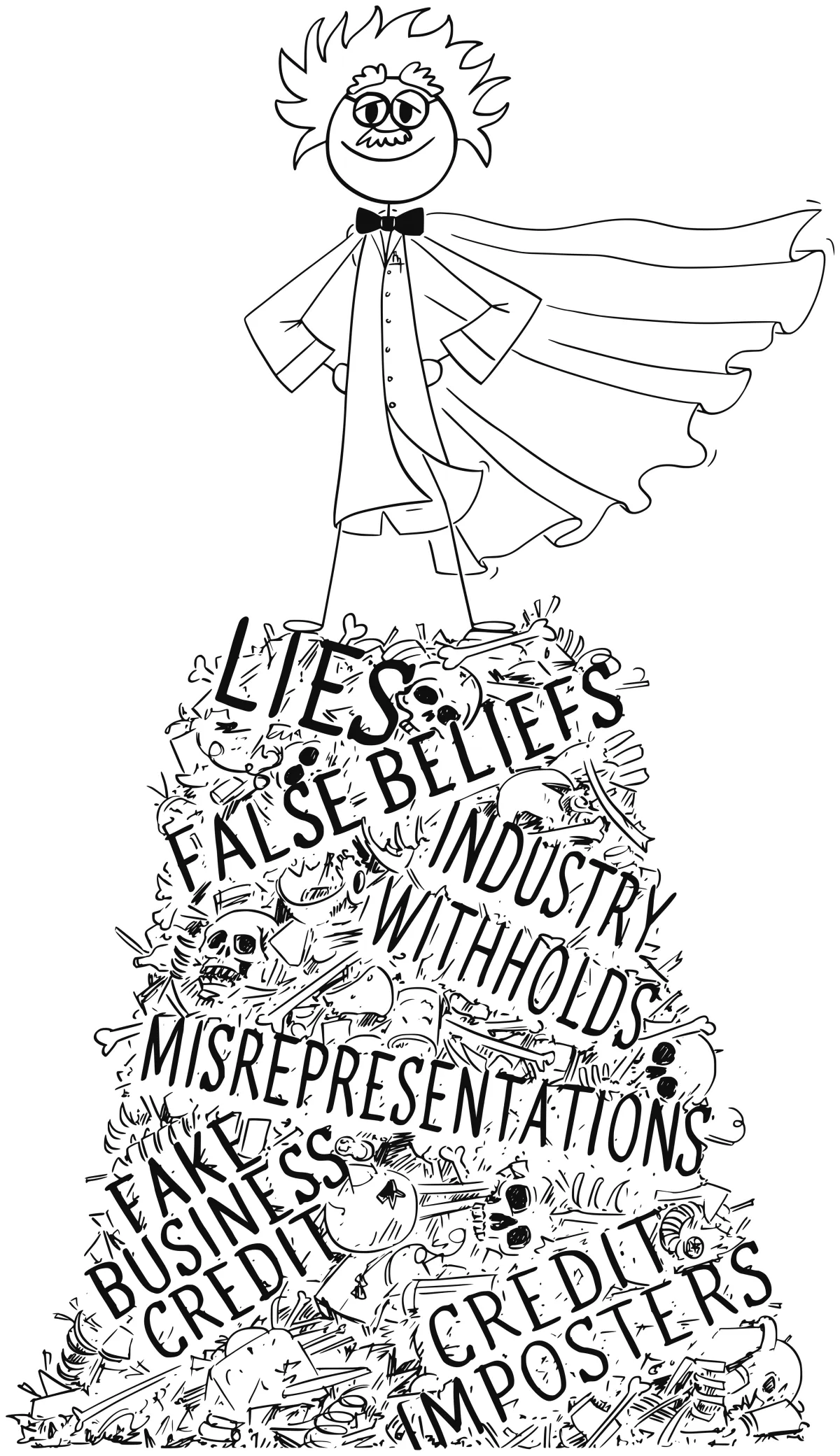
What to Expect When You Follow the Funding Approval Path™...
What’s waiting for you at the end of the Path? Life-changing results. Here’s what you’ll gain:

1. Better Credit = Bigger Opportunities
By optimizing your personal and business credit profiles, you’ll unlock access to:
• High-Limit "Rewards" Credit Cards – Imagine cards with $25K, $50K, or even higher limits
• Low-Interest Loans – Say goodbye to payday loans, title loans, and predatory interest rates
• You’ll save thousands of dollars and open doors to new opportunities like never before.

2. Strategic Borrowing = Total Control
With your borrower behaviors aligned, you’ll avoid the red flags that lead to denials. Instead, you’ll:
• Be seen as a low-risk, high-value customer by lenders
• Gain the confidence to use credit strategically for business growth, investments, or emergencies

3. Business Credibility = Fast & High Approvals
Lenders aren’t just approving you—they’re also evaluating your business. With your business data and identity fully optimized, you’ll:
• Qualify for unsecured business credit lines
• Access unsecured funding based on stated income—no tax returns, financials, collateral, or having to hit up Rich Aunt Mable!

4. Banking Relationships = Your Golden Ticket
By building strong partnerships with banks, you’ll create a reputation that pays off big time. This means:
• Lenders are watching you to see the first moment they can offer you credit products—including business credit lines
• Be the lender's ideal client and experience faster approvals and credit limit increase—without asking!

5. Approved for the Funding You Deserve
The final step is the sweetest: getting approvals that feel like magic. You’ll trigger:
• Real Estate Loans – Fund your next deal with ease
• $100K - $250K Business Credit Lines – Unsecured, Prime+1% to grow your business—and your dreams
• Life-Changing Financial Freedom – Finally do the things you’ve been dreaming of: travel, invest, build, and thrive.
Our Results Speak for Themselves
This isn’t just guesswork. Every step of our Funding Approval Path™ is rooted in the insider knowledge we gained from our 8-year collaboration with FICO® and years of experience.
93%
Application Approvals
It's just math. Follow the formula and you too will get the approvals that you want to level-up your life!
$1,462,000
Founder Approvals
This process is simply what Merrill Chandler did in his own situation...and you can do it too!
$300 Million+
Community Approvals
Our community has been wildly successful in getting approved for the credit, financing, and funding approvald.
TESTIMONIALS
What others are saying
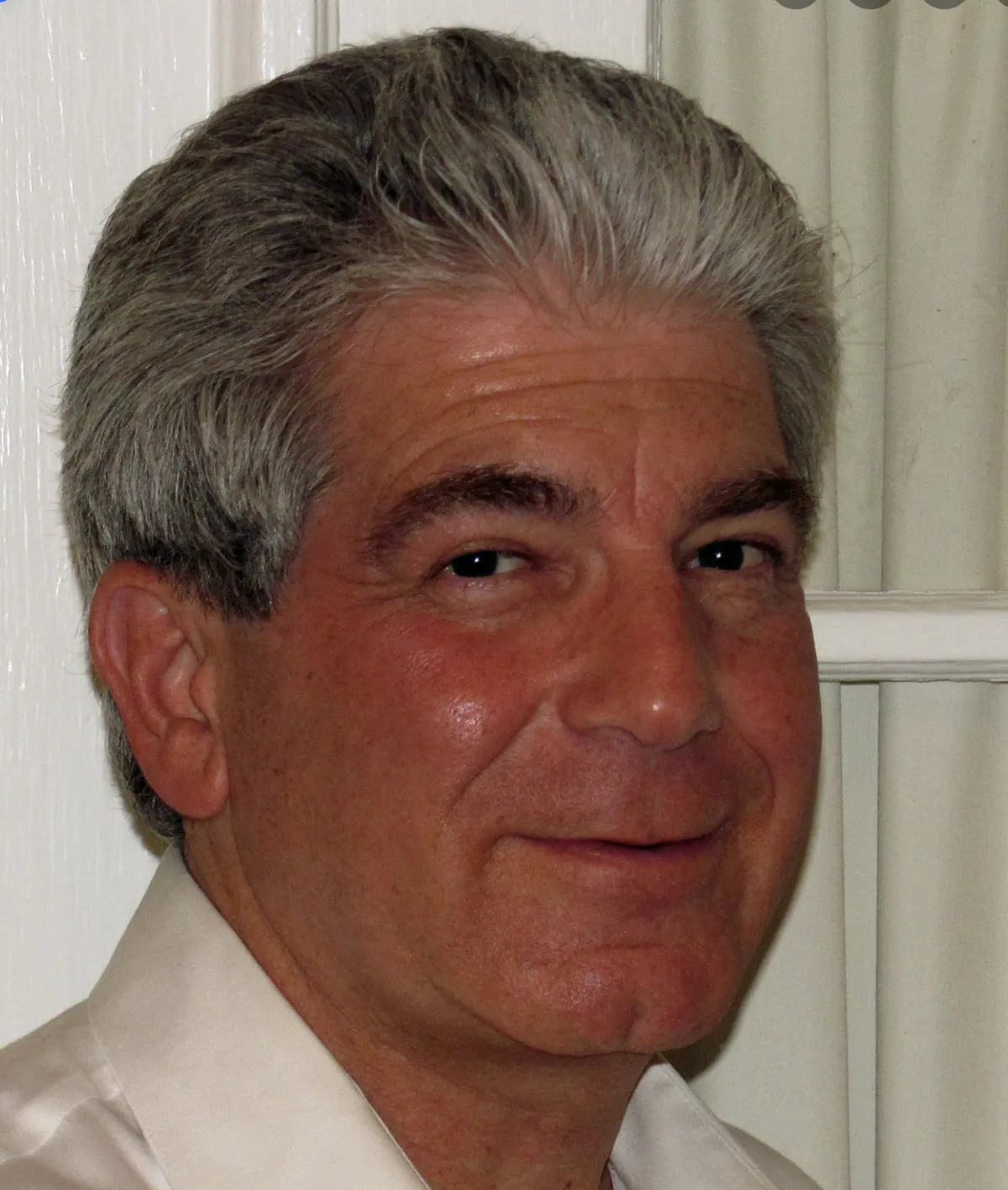
Thank you Merrill & your fantastic team for your amazing education, persistence & patience with working with me to move me forward in your process to keep me moving forward through tough times. Much appreciated!
-Thomas B.

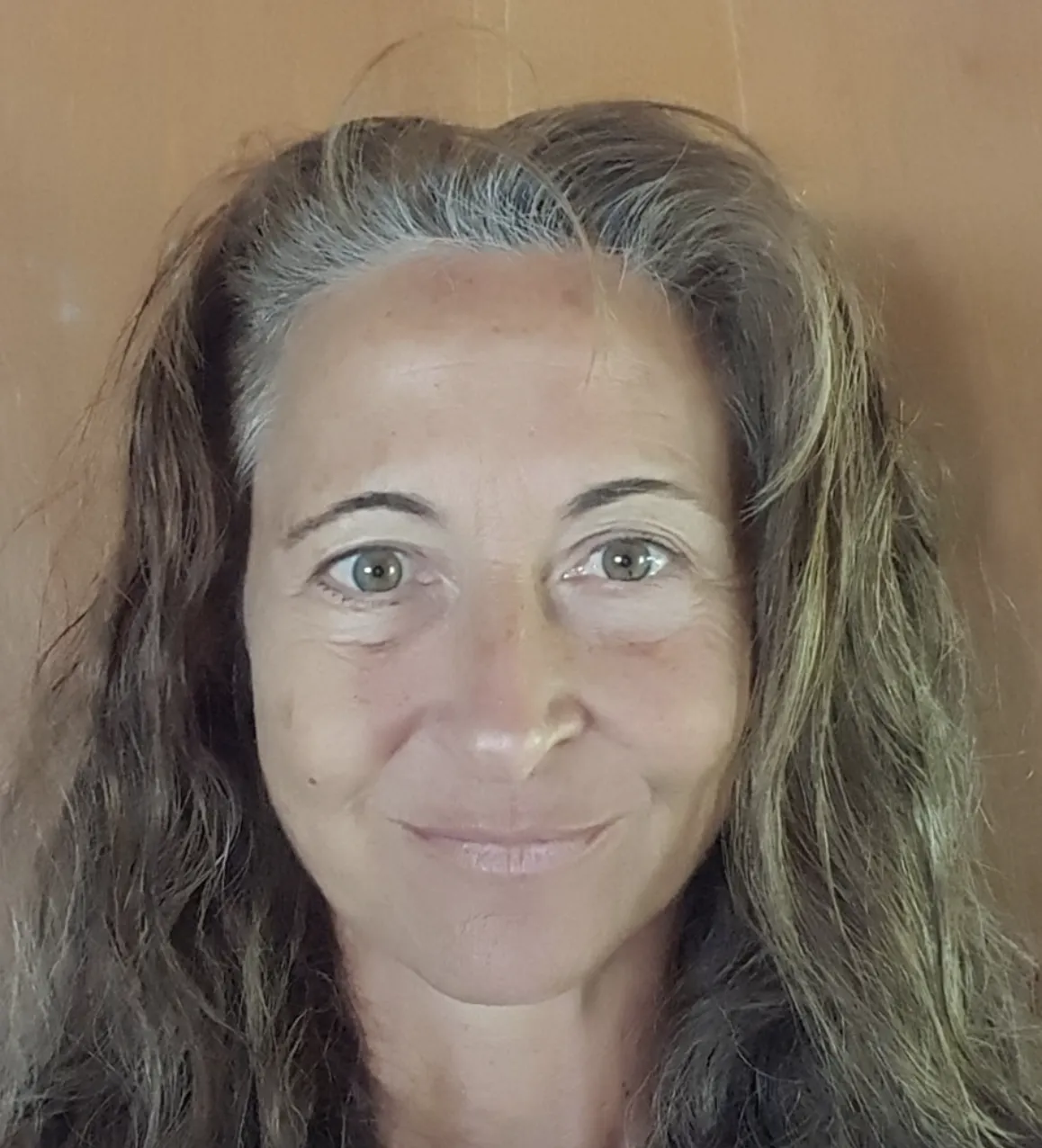
The information presented is superb. Frankly, it was much more than I expected. I have already gained tremendous insights on the inner workings of banks and how credit Operates, and I expect I'll gain more as I study!
-Erika U.

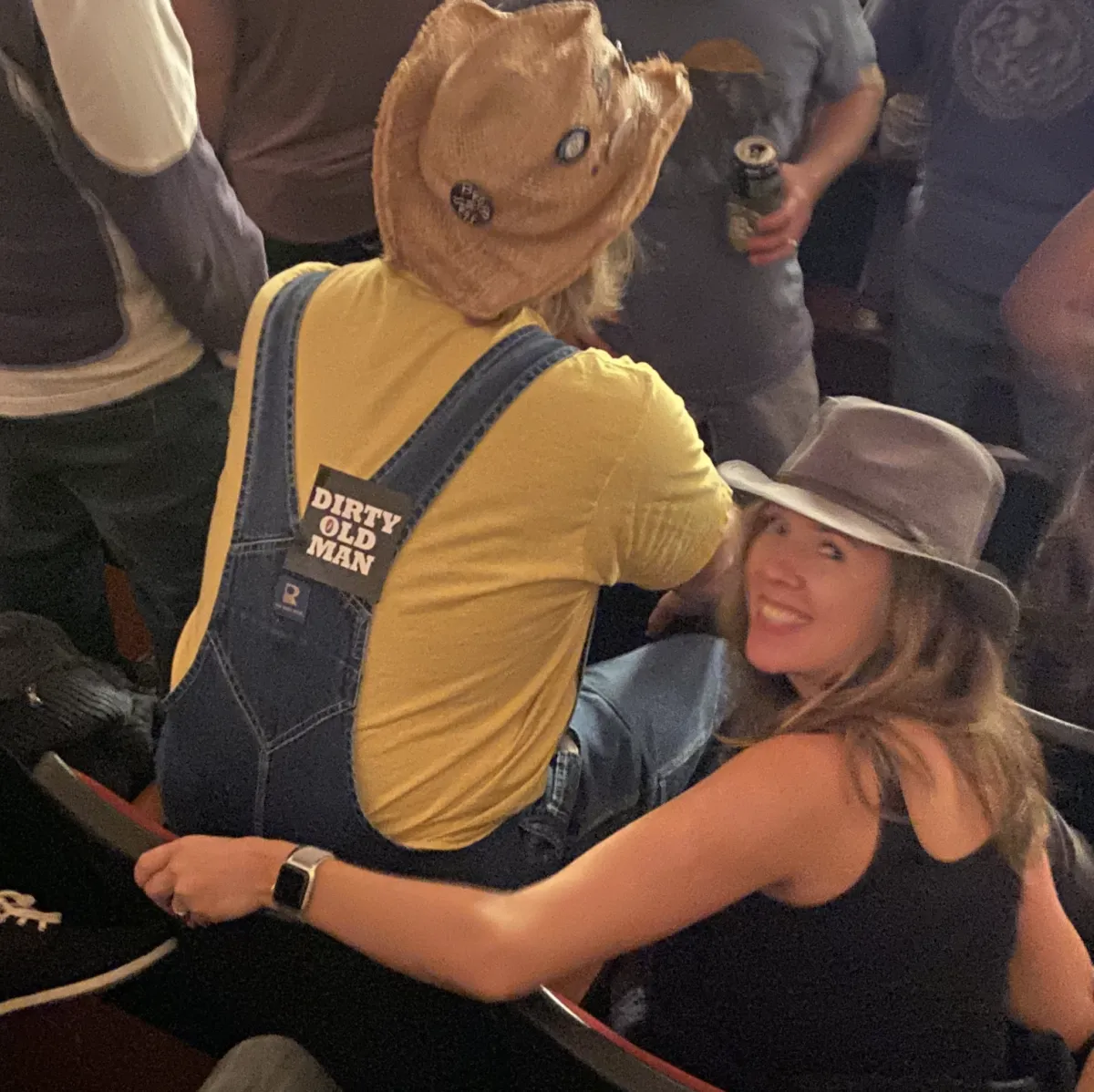
Well I just had my mind blown and overloaded with a wealth of information that was packed into two days at the Get Fundable Bootcamp this weekend. Aside from all the actionable events to come out of this, I have a sense of clarity and confidence that I will be on the right side of the curve as the economy sorts itself out. To say this is foundational knowledge is still selling it short.
-Charemilio E.

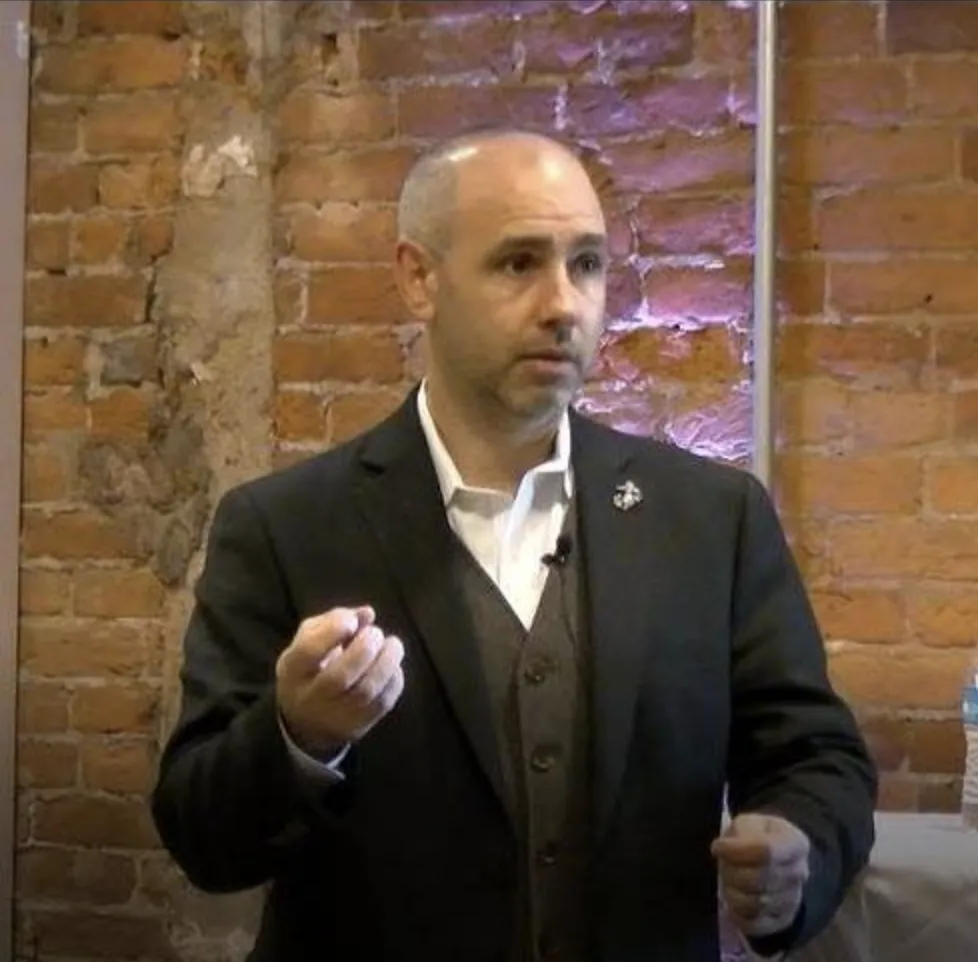
Not only did I learn all about automatic underwriting (which as a commercial loan analyst never made sense to me) but I learn HOW the banks go about making such decisions. There is so much to learn from him. and All of it is incredibly ACTIONABLE! I recommend without reservation!
-Mark D.

Check Out Our Free Resources...
Solutions Q&A w/Merrill Chandler
Every Tuesday at 3 pm (mountain) Merrill Chandler hosts a FREE Q&A session to help you avoid stepping on credit and funding landmines that will ruin your future approval opportunities. Come to a sessions BEFORE you:
• Complete ANY personal or business credit application
• Subscribe to a credit monitoring service
• Start an new company
• Engage credit repair services or do your own disputes
• Engage a debt consolidation "service"
• File for bankruptcy
• And any other credit, financing, and funding question
Get Fundable! Podcast & Blog
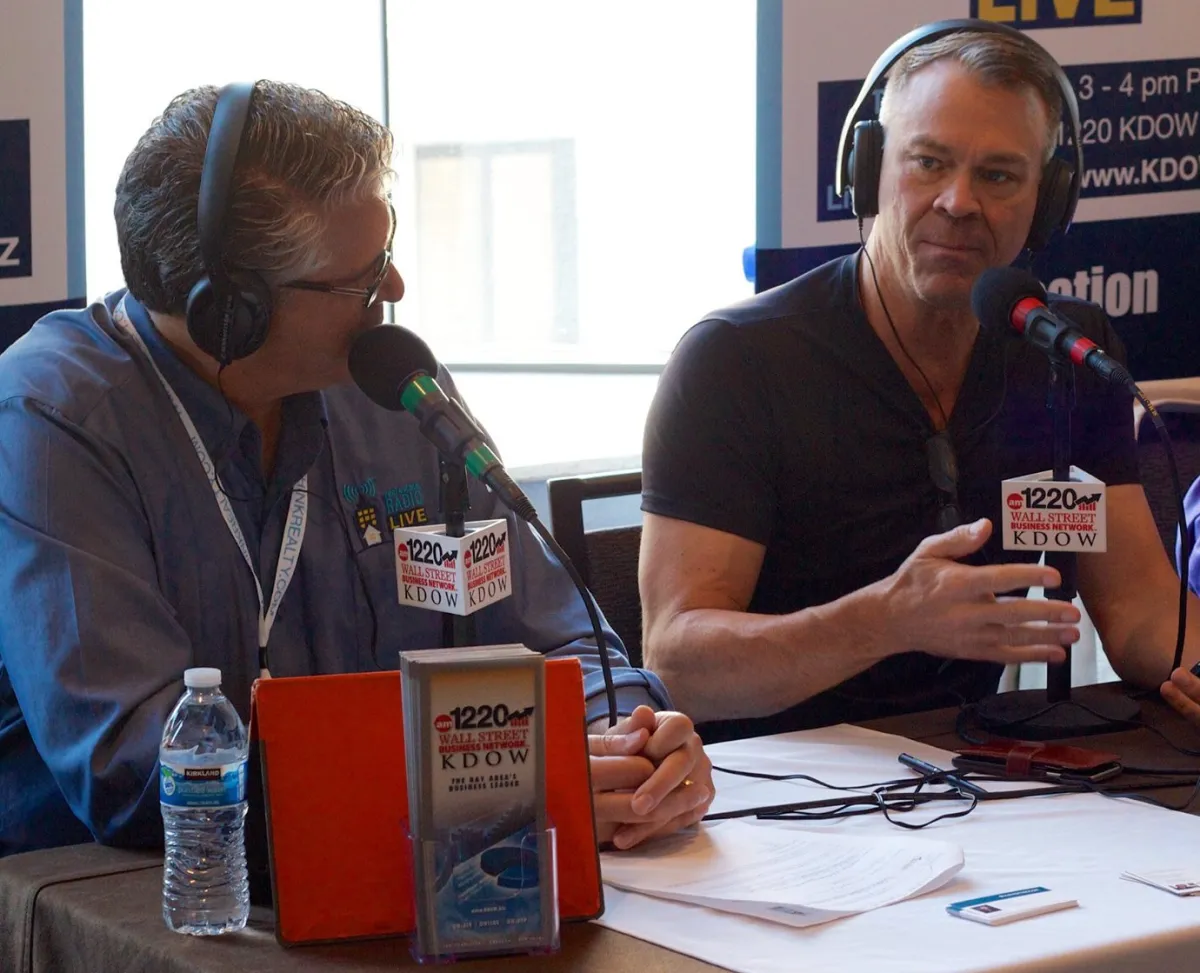
With almost 200 episodes, the Get Fundable Podcast does a deep dive on topics critical to your personal and business credit success. Topic categories include:
• How your identity is the gatekeeper to your approvals
• How the 5 Fundability Factors impact your success
• What types of business entities are fundable and which are restricted
• How to identify business credit "imposters"
• How business codes make or break your success
• And many, many more
Frequently Asked Questions
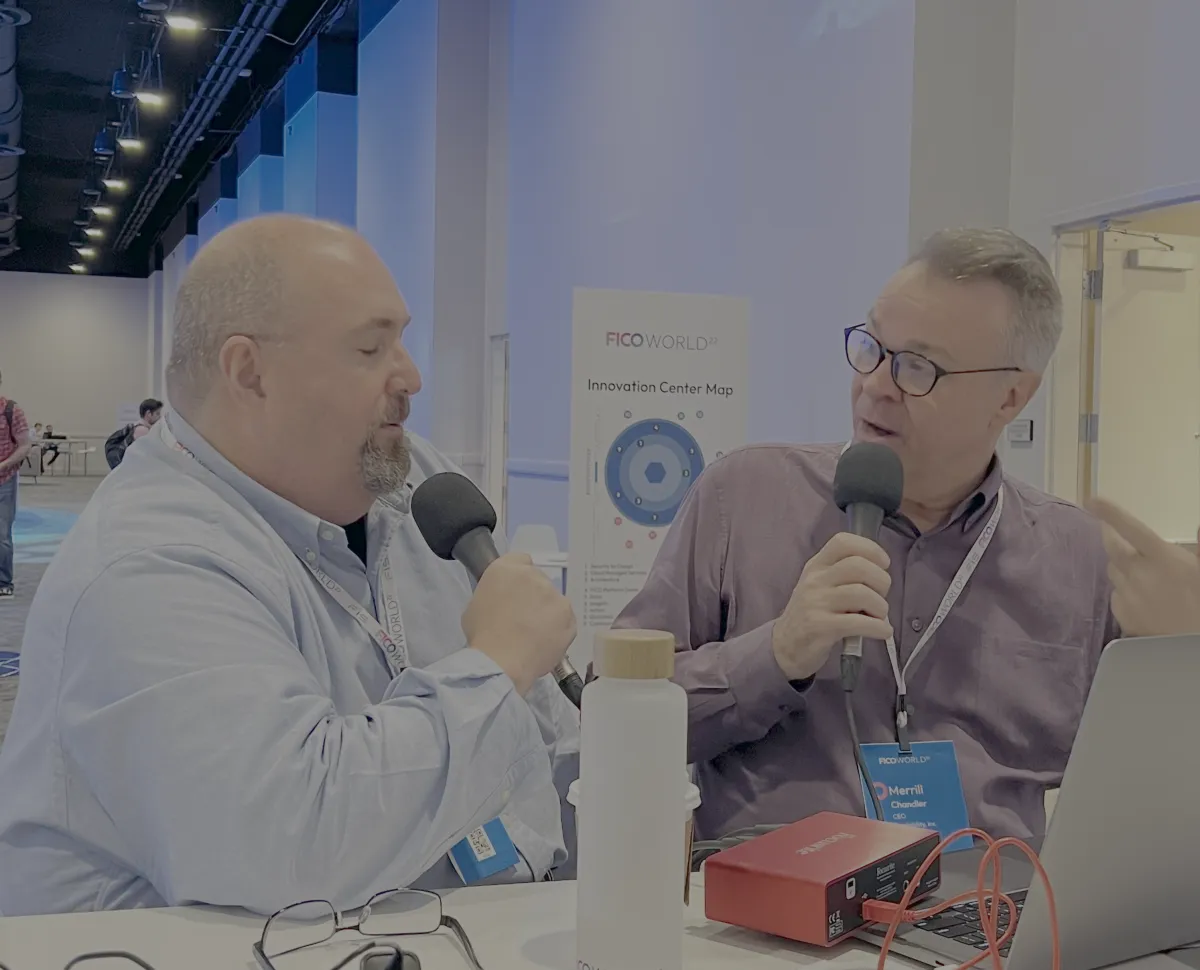
Want to read instead of watch our Solutions Q&A or Podcast? Our Frequently Asked Questions is where our most important questions and answers go to hang out
Follow the link to scan for answers to your important questions.
Income and Result Disclaimer
While the results stated on this website are real results, they are not typical and in no way represent a claim by Get Fundable!, Inc. that you will receive identical results. Your results and the time it takes to achieve said results, will vary based on your fundability, financial situation, and speed of strategy implementation.

© 1997 - 2025 Get Fundable!, Inc. All Rights Reserved.
2150 S 1300 E STE 500 • Salt Lake City, UT 84106
Privacy Policy • Terms and Conditions
